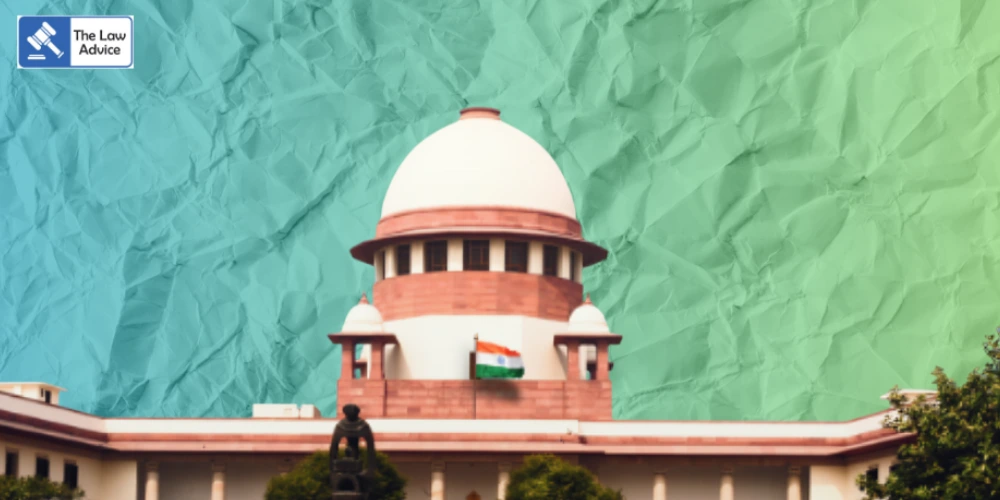
On Friday (November 14), a bench comprising Justices JK Maheshwari and Vijay Bishnoi overturned the conviction, observing that the High Court had erred in upholding the verdict based solely on the recovery of a pistol and a forensic report linking its cartridges to bullets recovered from the victim’s body.
The Court emphasised that the weapon was recovered from an unlocked iron box in the appellant’s house — a place equally accessible to other family members — and no independent witness was present to support the recovery. Additionally, there was no explanation for the delay in sending the firearm for forensic examination.
As per the prosecution, three individuals allegedly reached village M.P. Majra, Jhajjar (Haryana) around 6 a.m. on June 12, 2016, and shot the deceased. The FIR was lodged by her brother after the police control room received a call about the incident.
During the investigation, the appellant and two co-accused were arrested. A country-made pistol and two live cartridges were allegedly seized from the appellant, while the car and another weapon were recovered from a co-accused.
However, the defence highlighted that the main eyewitnesses—PW-1 and PW-5—turned hostile and did not support the prosecution’s narrative. PW-1, the informant and brother of the deceased, admitted that he reached the spot only after learning about the incident and was unable to identify any assailants. No independent witness corroborated his statement.
The Court noted that the weapon was found in an open box containing other household items and could have been accessed by anyone. This, coupled with the absence of independent witnesses and breaks in the chain of custody, raised serious doubts. Citing Manjunath & Ors. v. State of Karnataka (2023), the bench reiterated that recoveries made from places open or accessible to others are inherently suspicious.
With no eyewitness testimony, no “last seen” evidence, and no proven motive—and with co-accused possessing alleged motive already acquitted—the Court questioned whether a conviction could stand solely on weapon recovery and a forensic match.
Although the FSL report suggested ballistic consistency, the Court held that such evidence is insufficient by itself unless it is established that the recovered weapon was indeed used in the crime. The prosecution’s theory of motive rested on speculation and lacked substantive proof.
Finding that the prosecution failed to discharge its burden of proving guilt beyond reasonable doubt, the Court set aside the conviction and sentence, allowing the appeal.
Cause Title: Govind v. State of Haryana
Website designed, developed and maintained by webexy